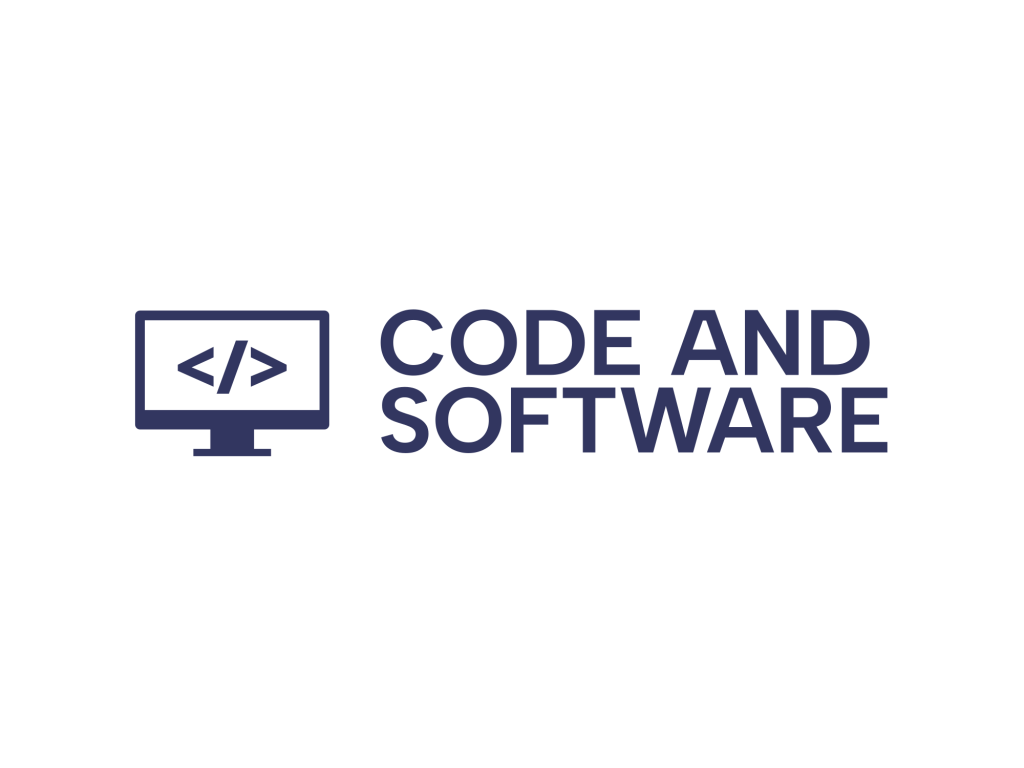Licensing isn’t a trophy. It’s how your company becomes easy to underwrite by banks, EMIs, card programs, and enterprise customers. The fastest way to move is to define a narrow version one (V1), align every public surface to that V1, and collect a small set of artifacts that prove controls actually work. If you need the formal routes and classes across jurisdictions, start here: FinTech license.
1) Pick your lane with plain-English triggers
Use what you really do today—not the three-year roadmap:
- Payment Institution (PI): You execute payments for users/merchants; you don’t hold e-money balances for longer than transit.
- E-Money Institution (EMI): You issue and hold stored value (customer balances/wallets) and let users pay from those balances.
- Broker/Custody/Investment: You execute or safeguard financial instruments or assets for clients (licensing varies by country).
- Money Services / Remittance: You receive/send money for others, often cross-border.
- Ancillary / Tech-only: You provide software to regulated entities without touching client funds (often lighter obligations).
Rule of thumb: If you hold customer value between steps, expect higher scrutiny (safeguarding, reconciliation, audits). If you only relay instructions and never hold value, you may sit in a lighter class—but you still need AML/CTF and vendor controls.
2) Freeze a boring, bankable V1 (one page)
Write a two-sentence scope you can paste into the application, your site, and partner due diligence:
- Activity: “We let verified SMBs hold EUR/GBP e-money balances and pay SEPA/UK recipients. No cards, no lending, no crypto in V1.”
- Users/Geos: “Business customers in the EEA and UK, excluding high-risk jurisdictions.”
- Assets/Rails: “EUR/GBP via SEPA SCT/SCT Inst and UK Faster Payments.”
- Revenue: “Monthly account fee + per-transaction fee (published schedule). No yield or investment features.”
Anything not in V1 becomes V1.1 or V2 with board sign-off and updated controls. This keeps your first review focused and credible.
3) The evidence pack that unlocks banking (and speeds licensing)
Templates are fine, but dated screenshots and logs win the argument:
- Ownership & org chart: UBO proofs, director IDs, clean share structure.
- Two-minute narrative: The exact V1 story, identical across site, filing, and contracts.
- KYC/KYB sample: One onboarding ending in approve/decline with timestamps and checks used.
- Sanctions sample: A hit → review → final decision (false positive vs escalation).
- Monitoring sample: A transaction alert with analyst notes and final call.
- Safeguarding/custody note: Who can move funds, dual approval, limits, and where approvals are logged.
- Reconciliation snapshot: Client funds vs ledger balances with weekly sign-off.
- Vendor controls: Screening and ongoing review for core third parties (KYC provider, processor, cloud).
- Governance minutes: Appointment of a Compliance Officer (direct reporting line) and policy approvals.
4) Flow of funds “in words” (what reviewers want to hear)
Describe your flow like a checklist, not a marketing pitch:
- User is verified (KYC/KYB + sanctions); risk rules gate onboarding.
- Funds arrive via approved rails; client funds are segregated per regulation.
- User performs allowed actions only (per V1 scope); outliers trigger monitoring rules.
- Outflows require dual control above limits; approvals and velocity caps are logged.
- Daily/weekly reconciliations tie safeguarding accounts to ledger; exceptions get investigated and signed off.
5) Red flags vs green flags
Red flags: “Super-app” scope on the website, narrow scope in the filing; vague “bank-grade security” with no evidence; no named compliance owner; messy UBO chain.
Green flags: Single V1 story across all surfaces; artifacts saved with dates; simple org chart; short list of vendors with review notes; withdrawal approvals and reconciliations available on request.
6) A no-drama timeline
- Week 1–2: Lock V1 story; whiteboard the flow; list vendors; draft governance minutes.
- Week 3–4: Configure KYC/KYB, sanctions, monitoring; run 2–3 real cases; export artifacts.
- Week 5: Write policies that match the actual screens and logs (not the wishlist).
- Week 6: Assemble the evidence pack; harmonize site copy and contracts; file and start banking outreach in parallel.
7) Budget in buckets (so you don’t stall later)
- Setup: Advisory, application drafting, policy suite, legal opinions (if needed).
- Tech & risk: KYC/KYB, sanctions, monitoring, ticketing, data retention, safeguarding tooling.
- Run: Compliance officer time, audits, reporting, training, renewals, vendor reviews.
Underfund any one of these and you’ll repay it as delay or refusal.
8) Custody & approvals you can explain in five lines
Be ready to answer, role-based, not by person: who can initiate fund movement; who can approve; what limits/velocity caps exist; how exceptions are escalated; where the logs and sign-offs live. If you can export a week of approvals and a reconciliation with signatures, you’re ready for grown-up conversations.
9) Banking email template (make risk’s job easy)
Subject: Due diligence pack – [Company] (EMI/PI V1 scope) Hi [Name], Attaching our 2-minute narrative and evidence bundle: • Org chart + UBO proofs + director IDs • V1 scope (site copy matches) • KYC/KYB decision example (timestamps) • Sanctions hit disposition • Monitoring alert + analyst notes • Dual-control withdrawal approvals (extract) • Weekly safeguarding reconciliation (signed) • Vendor list + review notes • Board minutes (CO appointment + policies) Happy to provide read-only access to logs if helpful. Best, [You]
10) Common myths (and the reality)
“We’ll do compliance after launch.” In 2025, compliance is how you launch. Partners won’t move money without live controls.
“We need every feature in V1.” No. You need one narrow flow that works under scrutiny.
“Policies equal compliance.” Policies without logs are theater; logs without policies are luck. You need both.
Partner note
If you’d rather ship product while someone aligns the license path, policy set, and banking pack, firms like legalbison.com run the unglamorous bits: map your real flows to a defensible V1, draft from actual screens, and assemble artifacts that make banks and reviewers comfortable.

